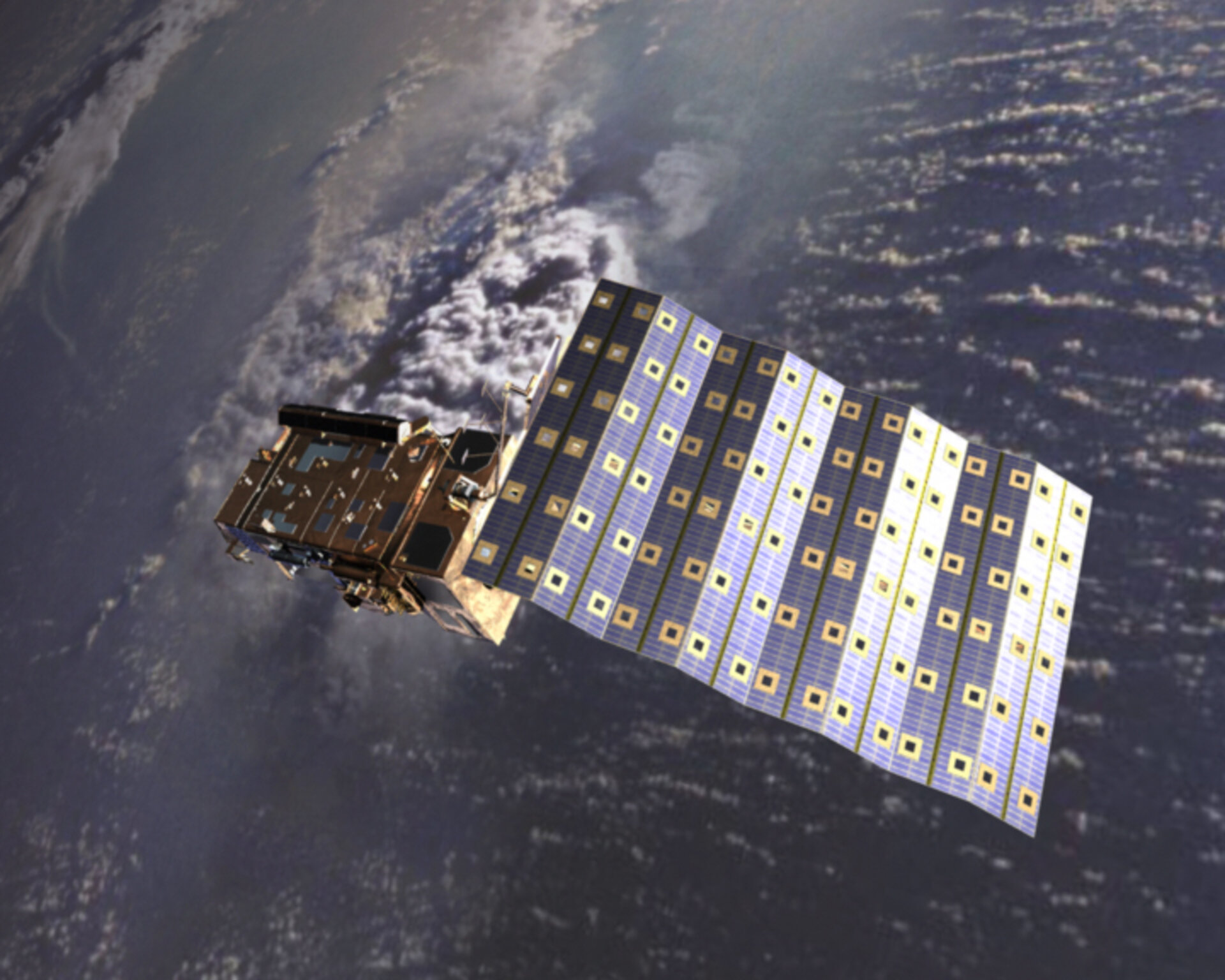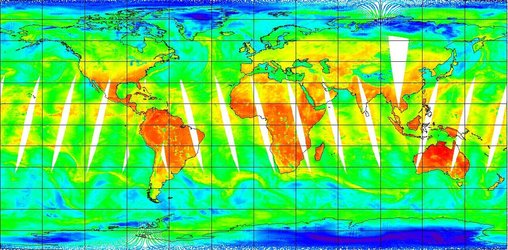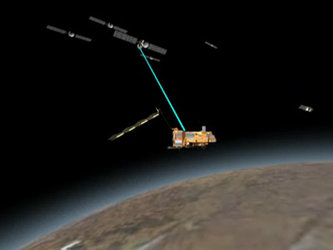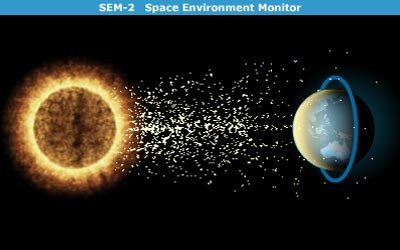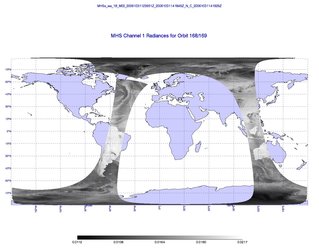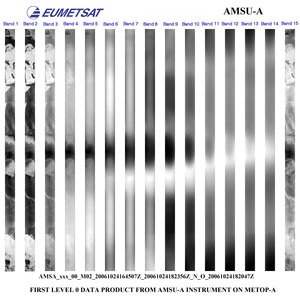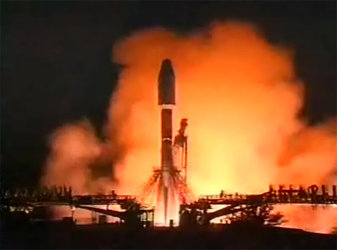Three MetOp-A instruments ready for routine operation
Eumetsat reports that the AMSU-A, GRAS instruments and the Search and Rescue package carried on MetOp-A have been functionally checked and declared ready for routine operation.
AMSU-A
The in-orbit functional check of the Advanced Microwave Sounding Unit-A (AMSU-A) was successfully completed and the instrument declared ready for routine operation on 18 January 2007.
The instrument performances and noise levels are within specification and the optimal cold-space calibration view has been selected. AMSU-A level 1 data are now routinely disseminated via EUMETCast, though the products are still undergoing validation.
The AMSU-A instrument detects radiated thermal energy emitted by the air in different levels in the atmosphere. The primary purpose of AMSU-A is to provide high temperature sounding data even in cloudy conditions. The AMSU-A instrument is provided to EUMETSAT by the National Oceanic and Atmospheric Administration (NOAA) of the USA, and is manufactured by Northrop Grumman of Azusa, California, under contract to NASA.

GRAS
The GNSS (Global Navigation Satellite System) Receiver for Atmospheric Sounding (GRAS) was declared ready for routine operation on 23 January 2007.
The instrument has successfully completed its series of in-orbit functional and characterisation tests and is acquiring over 600 occultations per day. The data products from the instrument will now undergo a calibration/validation phase.
GRAS is a GPS (Global Positioning Satellite) receiver that operates as an atmospheric-sounding instrument. GRAS is intended to provide a minimum of 500 atmospheric profiles per day by a process of GPS radio occultation. The main objectives are to provide stratospheric and tropospheric temperature and humidity profiles that will be assimilated into Numerical Weather Prediction (NWP) models, as well as the total electron content.
The GRAS instrument has been developed under a joint ESA/EUMETSAT contract for the MetOp satellite with Astrium. Saab Ericsson Space of Gothenberg, Sweden is the lead contractor for the instrument.
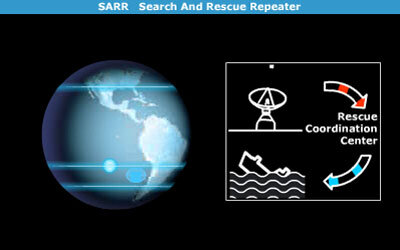
Search and Rescue Package
The in-orbit functional check of the Search and Rescue Package has been successfully completed and the instrument declared ready for routine operation. The Search and Rescue package on MetOp-A is now assigned the status of 'Initial Operational Capability' in the international Cospas/Sarsat system, with 'Final Operational Capability' expected to be achieved in March/April 2007.
The Search and Rescue Package is part of the international Cospas/Sarsat system designed to detect and locate distress beacons operating at 121.5 MHz, 243 MHz and 406 MHz. The Search and Rescue Package consists of a Search and Rescue Repeater (SARR), provided by the Canadian Department of National Defence and a Search and Rescue Processor (SARP) provided by the French National Space Agency CNES. Both the SARR and SARP units are provided to EUMETSAT by the National Oceanic and Atmospheric Administration (NOAA) of the USA.


